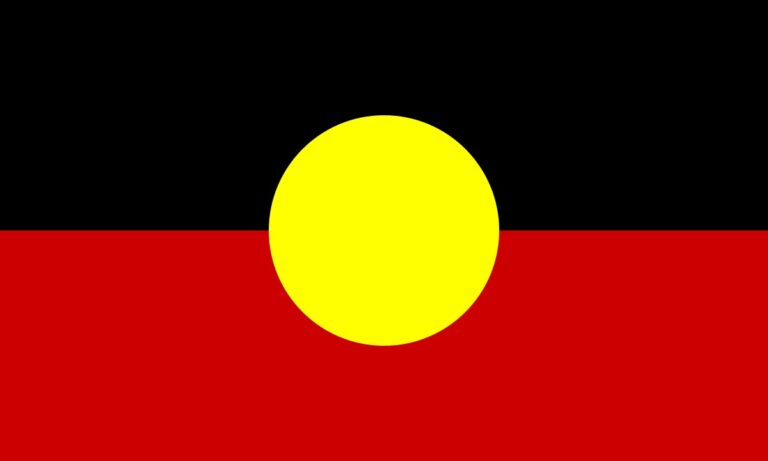This report compares and assesses the policies that regulate the physical availability of alcohol in Australia and the United Kingdom.
Location: Australia
The nation’s most comprehensive annual alcohol poll sheds light on what we drink and think.
Hall & Partners Open Mind were engaged by the FARE to conduct an independent evaluation of the Women Want to Know project, which encourages health professionals to routinely discuss alcohol and pregnancy with women.
The nation’s most comprehensive annual alcohol poll sheds light on what we drink and think.
Centre for Alcohol Policy Research – This research report highlights the importance of collecting alcohol sales data and discusses the ideal approach to measuring alcohol consumption at the state and territory level in Australia.
Foundation for Alcohol Research and Education – Risky business examines patterns of alcohol consumption among segments of the Australian population. The report exposes the alcohol industry’s heavy reliance on risky drinkers, with over 3.8 million Australians averaging more than four standard drinks of alcohol a day, twice the recommended health guidelines.
Categories
Optimal rates of alcohol taxation
This report investigates the percentage change in excise rates that would maximise net benefits to society. The benefit-cost analysis by MJA economists finds that Australians would be better off if the government taxed alcohol rationally at substantially higher excise rates.
In order to facilitate a more informed debate about future excise taxation on different alcoholic beverages, this report provides a long-term historical analysis of alcohol excise taxes in Australia, and the role that the historical and cultural context in diverse developed economies plays in the current excise taxation of different alcoholic beverages.
Alcohol products sold in Australia are currently taxed at different rates through a number of different regimes. This brief models three alcohol taxation reform scenarios and their impact on: tax revenues collected, alcohol consumption, alcohol prices, value of alcohol production, employment.
This is the first study in Australia to examine household expenditure on alcohol in relation to financial and demographic factors, residential situation, and financial situation. It uses secondary data from the 2009-10 Australian Household Expenditure Surveys (HES) to investigate the distribution of spending, and the links between alcohol expenditure and financial difficulties experienced by households.
This study examines how the Australian media portray alcohol and pregnancy and how women respond to mediated information and advice about drinking during pregnancy.
Centre for Alcohol Policy Research – This report examines recent trends in alcohol consumption in Australia across three measures: rates of abstention, rates of episodic heavy drinking and the distribution of drinking across the population.


